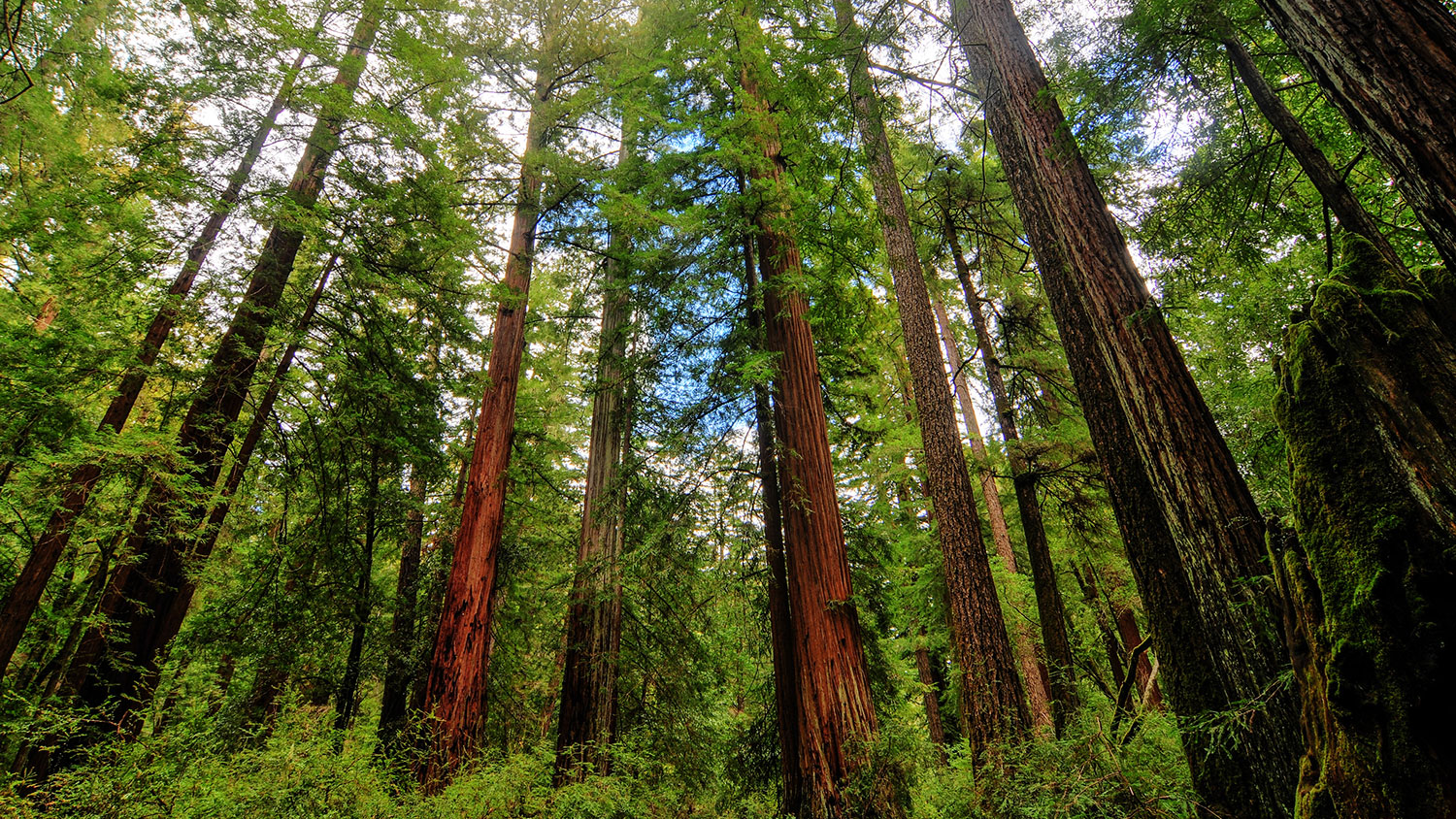To the list of ways climate change is slowly but surely rewriting the world as we know it, add “making forests less awesome.” A new study suggests that since the 1930s California has lost half of its biggest trees — those with a trunk over two feet in diameter — even in forests protected from logging and development. The study corroborates earlier findings that Yosemite’s pines are growing to smaller average sizes.
The researchers believe climate change is a major factor. Dwindling snowpack and rising temperatures mean plants have unreliable water supplies during the dry season, and they also lose water at a higher rate. Less water means trees aren’t growing as big.
The study, which surveyed 46,000 square miles of Golden State woodlands, found especially steep losses in Southern California’s forests, where the water deficit was most serious. But even tracts along the state’s foggy northern coast and northern Sierra high country suffered: The latter saw more than half of its largest trees vanish. From National Geographic:
Large trees in general appear to be more vulnerable to a water shortfall, [lead author Patrick McIntyre] said. Though it’s not clear why, one reason may be that in large, tall trees the internal hydraulic system that pumps water from roots to leaves is more susceptible to failing when water is short. Another factor could be that many of those trees sprouted centuries ago, when California’s climate was colder, said Jim Lutz, a Utah State University forest ecologist and lead author of the Yosemite study.
Since the study relied on surveys taken before the ongoing four-year California drought began, it’s hard to say how bad things now look for the state’s famous postcard giants, the sequoias and redwoods. But it’s almost certainly worse — and that means more than just a loss of wow factor:
Beyond their romantic grandeur, big trees play an outsized ecological role. They produce more seeds, resist wildfire damage, and store more carbon than their smaller brethren; rare animals such as spotted owls and flying squirrels live in their cavities.
Climate change isn’t even necessarily the most immediate danger. Add the pressures of a growing population, ongoing development, and overzealous fire suppression that leaves many small trees all vying for resources that would sustain a few large ones, and you have a future with far fewer giants in it.



